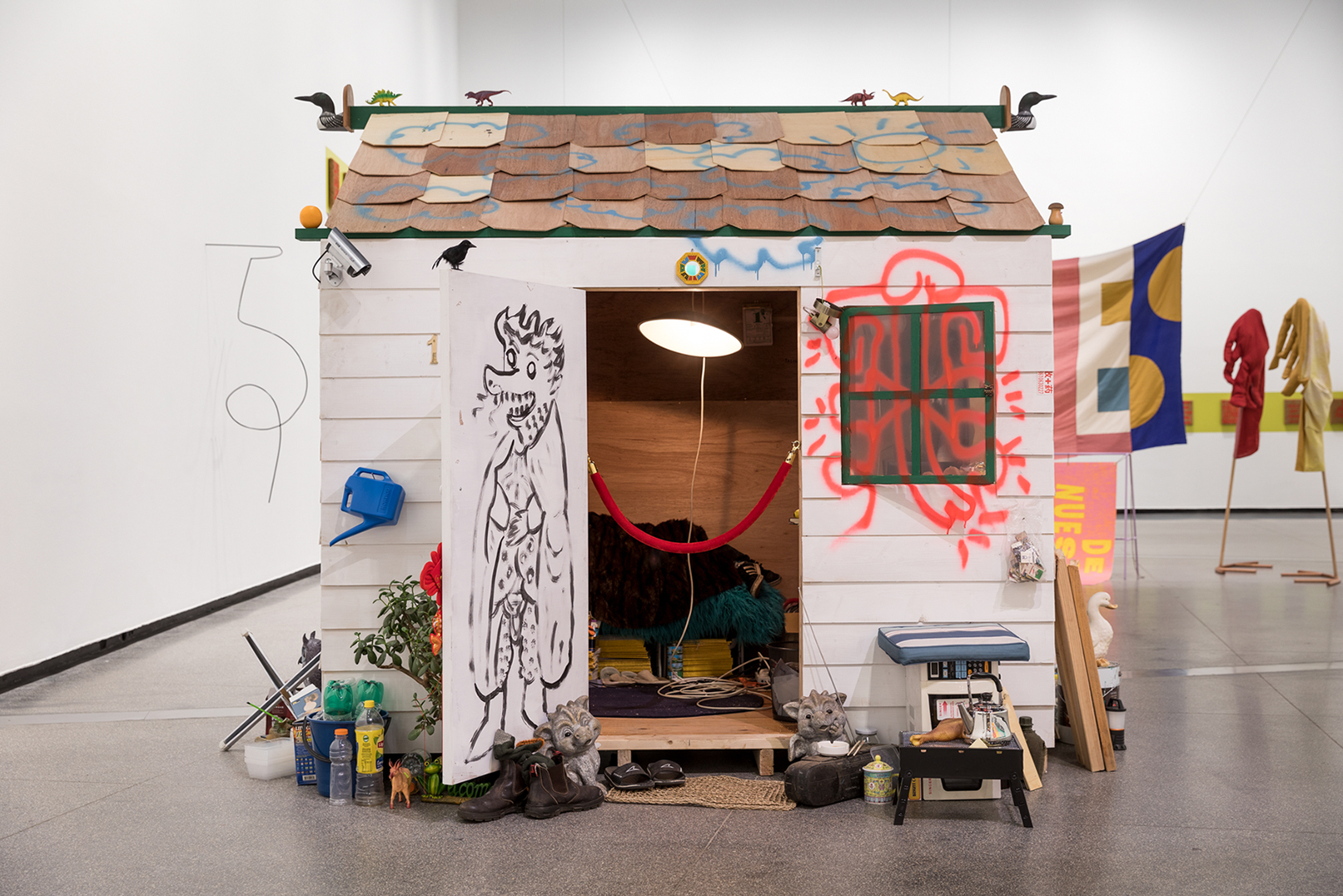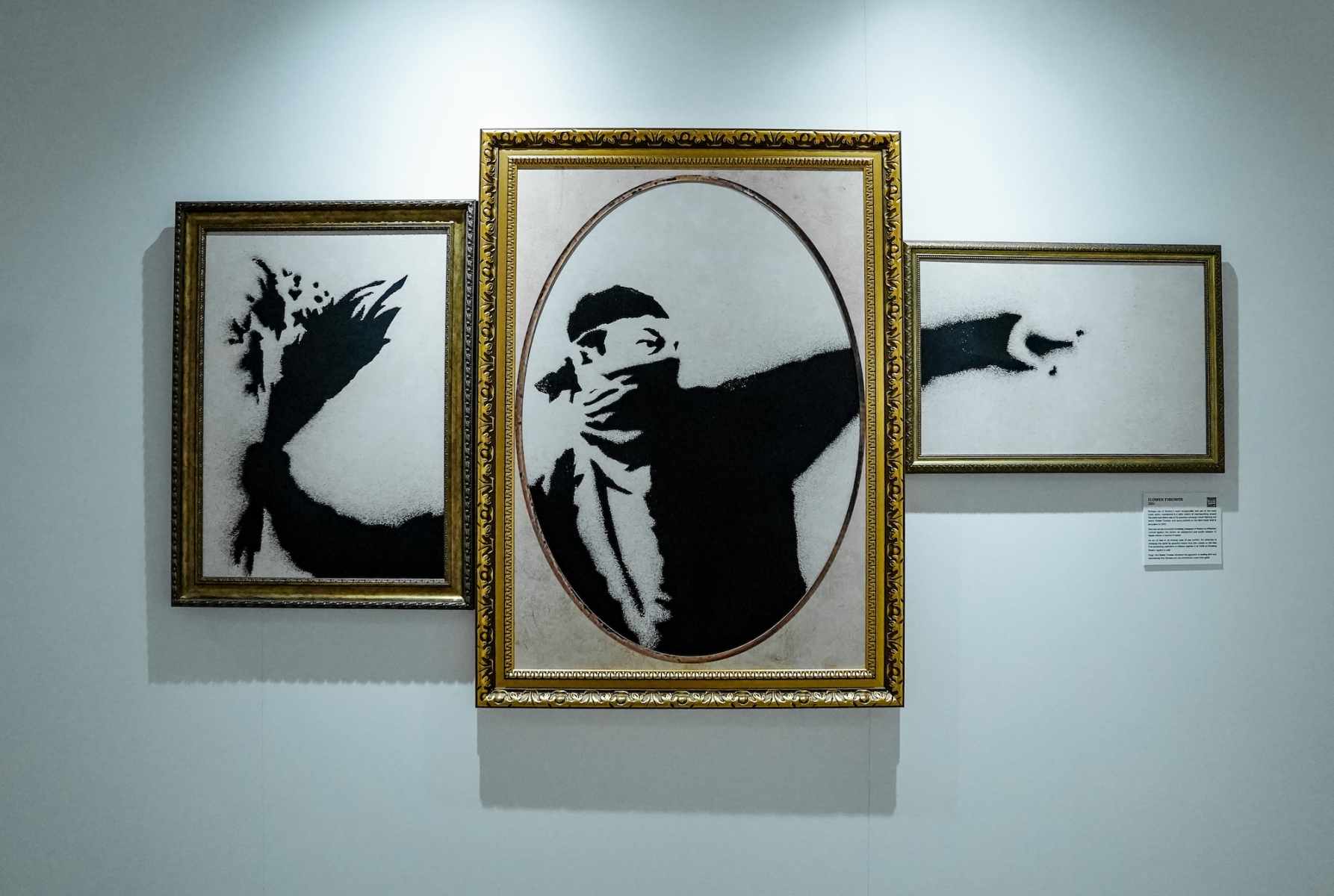
In his 1960 publication, Theory and Design in the First Machine Age, the architectural historian Peter Reyner Banham discusses two Machine Ages. The First is that of the early 20th century, when the wonders of mains electricity and new industrial technology became the fascination of artists and architects alike. The Second is that of Banham’s own time, the post-WWII period, when small machines (radios, television, electric shavers, washing machines, refrigerators, and so on) became ubiquitous.1 Yet there are other, earlier machine ages that are missing from Banham’s account. One of these, which predates Banham’s First Machine Age by nearly two millennia, is the machine age of the ancient world, when great minds of Greece and Rome brought together religion, philosophy, art, and science in the creation of self-animated theatrical automata.

Wondrous Machines, currently on display at the University of Queensland’s RD Milns Antiquities Museum, is dedicated to a fascinating artefact of this ancient machine age: Hero of Alexandria’s Dionysiac Shrine (first century CE). The work consists of a platform held up by four intricate Corinthian columns. On the platform is a temple, and in the temple stand figurines of the god Dionysus, the goddess Nike, and a panther. Women stand in a circle around the temple, and there are two lamps located on opposite sides of the platform. Once activated, the whole shrine would come to life: the women rotated around the temple; fire sprung from the lamps; milk and wine spilled from Dionysus’ cup and wand; cymbals and drums, hidden in the shrine, were struck haphazardly. And thus, seemingly of its own accord, Hero’s Dionysiac Shrine recreated in miniature the charged atmosphere of bacchanalian revelry.
Wondrous Machines reconstructs Hero’s automaton through a compelling selection of material. It features 3D-printed replicas of the original automaton and its hidden mechanisms (some scale models, some life-size); short, 3D-rendered videos that demonstrate the mechanisms in action; and genuine artefacts from antiquity that reveal the role of Hero’s automaton in the spiritual life of its ancient world. At its heart, the exhibition speaks to our enduring fascination with machines and technology. In fact, I would argue that the impulse that drove Hero to create his Dionysiac Shrine two thousand years ago is the very same that inspired artists and architects to embrace the new technologies of Banham’s First and Second Machines Ages. A further analogy may be drawn to the artists of today who are experimenting with new AI software. Wondrous Machines shows that this impulse to use machines and technology not just for utility, but for spectacle and wonder, is as old as Western civilisation itself.
A close look at one of the exhibition’s displays—that which concerns the Shrine’s libation mechanism—gives a sense of Hero’s ingenuity.2 In his Shrine, wine and milk were stored in small tanks concealed in the roof of the temple; these tanks were then connected to Dionysus’ cup and wand via a complex piping system hidden inside the bodies of the figurines. The exhibition display explains that the Shrine deployed a miniature version of the system used to deliver water in Pompeiian houses. In Wondrous Machines, we see full-size replicas of the various parts: a model of the hidden pipes, a model of the tap system, and a model of the catapult-style trigger mechanism that would set off the libation. At the activation of the automaton, this trigger would allow a weight, attached to a rope, to fall, and this would at once open the taps for the libation, causing wine and milk to shoot from Dionysus’ cup and wand.
The Shrine’s complex libation mechanism, just one amongst many, offers evidence of Hero’s expertise as a mathematician and engineer. But as is typical of antiquity, Hero did not see his scientific endeavours as separate from the larger questions of religion and philosophy. In fact, for Hero, the fields were inextricably linked.

In Wondrous Machines, this Greco-Roman worldview is skilfully articulated and communicated in the exhibition displays, in which forensic reconstructions of the Shrine’s mechanisms are accompanied by a wealth of contextual material. For these displays, the curators have drawn heavily from the museum’s collection—the largest collection of Mediterranean antiquities in Queensland. To name just a few highlights, there are statuettes of women, from 300–200BCE, used to illustrate the role played by women in bacchanalian ritual; there is a Pelike (a vessel similar to an amphora) from 320BCE that depicts a mythological scene of dancing and music, featuring ancient percussion instruments like those hidden (in miniature form) in Hero’s Shrine; and there is a Lekythos (a small pot for holding oil) from 490BCE that shows the lively combination of music, movement, and libation typical of Dionysiac parades. Excellently concise and clear texts expound the links between these period artefacts and Hero’s Dionysiac Shrine, painting a vivid image of Greco-Roman society and ritual, and clearly articulating the Shrine’s important role therein. And so we are encouraged to view Hero’s work as he did: beyond its feat of engineering and science, as an exemplar of ancient machinery located at the nexus of religion, philosophy, art and science.
Linking the exhibition to more contemporary concerns, Wondrous Machines includes a small display on UQ’s Tiny Giant Robot (TGR), which was partially inspired by Greco-Roman automata such as Hero’s Shrine. Viewing the exhibition from the perspective of the art world, other, more interesting, parallels can be drawn. Firstly, for instance, Hero’s Shrine calls to mind Louis Daguerre’s 19th century diorama: a kind of proto-cinematic painting-performance apparatus in which dramatic scenes were brought to life through a combination of movement, lighting, and sound.3 Or we might look to Ludwig Hirschfeld-Mack’s Light Colour Plays of 1923, made in the heyday of the Bauhaus school in Weimar (in the midst of Banham’s First Machine Age). This work was a complex mechanical apparatus, with moveable lights that would shine through stencils to project coloured shapes onto a plain white surface, thus automatically producing and projecting abstract, modernist designs.4 Where Hero’s work was embedded in Greco-Roman ritual, Daguerre’s diorama signalled the new, secular religion of modern spectacle, and Hirshfeld-Mack’s Light Colour Plays engaged in a distinctly modernist worship of pure abstraction.
Finally, Robert Andrew’s A connective reveal—nainmurra guuruburrii dhaura (2022), featured in the 4th National Indigenous Art Triennial, shows how this fascination with automation continues in a more local and contemporary setting. The work consists of an ochre-painted wall that is coated in white chalk. Over the course of many months, a pre-programmed machine chips away at the white chalk to reveal, in ochre, a phrase in the language of the Indigenous people of the Kamberri/Canberra region (‘Nainmurra guuruburrii dhaura’—taking care of ceremonial ground).5 This machine is wondrous in its slow persistence, unwavering in its seemingly interminable task. The ritual, this time, is one of decolonisation, as the machine chips away both literally and metaphorically at the sterile white walls of the contemporary gallery space, reminding the audience that Australia has a Black history.
What strikes me most is the remarkable similarity between these works—Daguerre’s diorama, Hirschfeld-Mack’s Light Colour Plays, Andrew’s A connective reveal—nainmurra guuruburrii dhaura, and the ancient experiments of Hero of Alexandria. Despite the two millennia that lie between them, all four deploy the spectacle of automation (whether mechanical or electronic) to spark some kind of wonder in their audience, and thereby to engage them in the peculiar rituals of their time. Wondrous Machines takes us back to the very start of this narrative, uncovering a much longer history than one would usually associate with machines and technology. And so for any artist or art historian interested in the relationship between technology and society, Wondrous Machines is an exhibition not to be missed.
This review was kindly made possible by an anonymous review sponsor.
- Peter Reyner Banham, Theory and Design in the First Machine Age (London: The Architectural Press, 1960), 9-12. ↩︎
- As noted by the exhibition display, libation refers to “the offering of a liquid (water, wine, milk, honey or oil) in a god’s honour,” which was an important part of Greco-Roman religious ritual. ↩︎
- The art historian John Trench describes the diorama as “an immersive, hallucinatory experience housed in a specially made building that allowed an audience to gather in a darkened room watching a lighted screen, transparent and opaque at various points, slowly transform itself from night to day, from winter to summer, often accompanied by music and other sound effects. The building itself had moving parts: the viewing platform rotated to bring visitors face to face with two and sometimes three distinct views.” John Tresch, “The Prophet and the Pendulum: Sensational Science and Audiovisual Phantasmagoria around 1848,” Grey Room, no. 43 (2011): 21. ↩︎
- The contemporary artist Michael Candy (born in South Africa, based in Australia) recently collaborated with Brisbane-based art historian and Bauhaus expert, Andrew McNamara, to recreate Hirschfeld-Mack’s apparatus for the Museum of Brisbane’s 2020-21 exhibition, Bauhaus Now. For more on this, see: “MoB Sunday Stories: Ludwig Hirschfield-Mack’s Light Colour Plays,” Museum of Brisbane. ↩︎
- “Robert Andrew Interview, Ceremony: 4th National Indigenous Art Triennial, Digital Publication,” National Gallery of Australia. ↩︎
Dr Christian Rizzalli is an art historian based at UQ, where he is a sessional lecturer and tutor. His research is concerned with the relationship between art, photography, architecture, and politics, particularly in the context of the interwar avant-garde.



